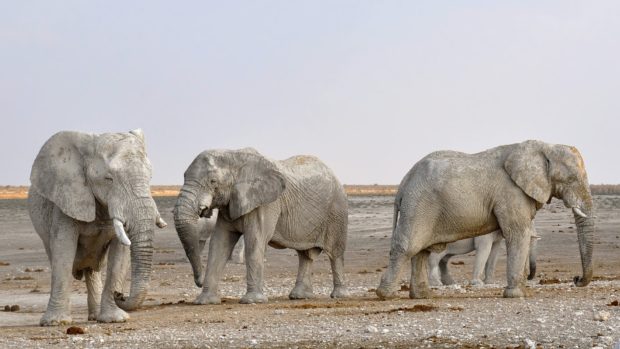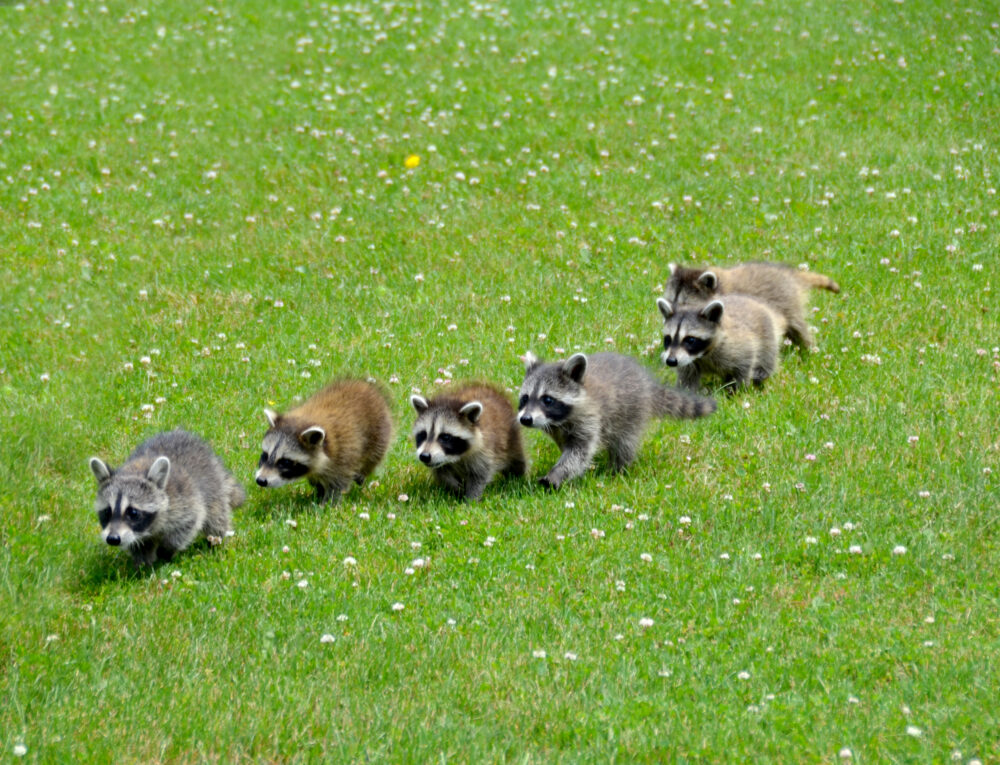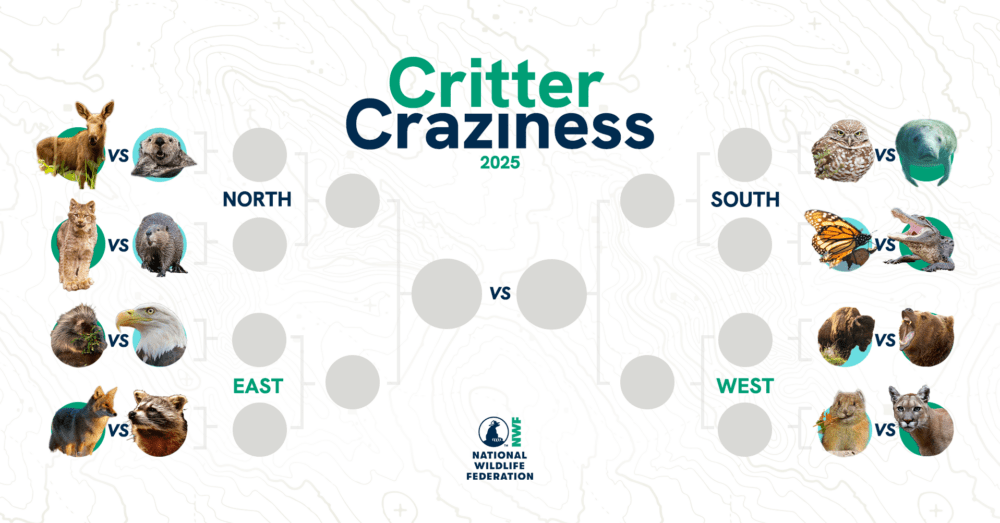We have much more to do and your continued support is needed now more than ever.
Wildlife Idioms
White Elephant

Contemporary Interpretation: A troublesome possession that is often expensive or inconvenient to maintain.
Origin: White (albino) elephants were considered sacred and holy creatures in the antiquated era of Siam (Thailand). Though held in high regards, these elephants were expensive to maintain; needing access to special foods and resources. Owners of white elephants would punish subordinates by gifting them, knowing full well the new owner would be left to care for them, but receive no financial gain because of laws set in place that protected these elephants from labor.
The first reference in English to the idiomatic meaning of the term ‘white elephant’ comes in 1851 G. E. Jewbury’s Letters, 1892: “His services are like so many white elephants, of which nobody can make use, and yet that drain one’s gratitude, if indeed one does not feel bankrupt.
Cool Facts About Elephants
- It’s hard to get a 4-8 ton mammal off the ground so elephants never evolved the ability to jump.
- Elephants purr as a means of communication, just like cats do. Listen to the audio here.
- Elephants use their feet to listen. They pickup seismic vibrations from the ground made by other. elephants. This communication is used as a warning sign that predators are approaching.
Happy as a Clam in High Water
Contemporary Interpretation: Being happy; being in a state of content.
Origin: Why would a clam be happy in the first place? Clams are most vulnerable when the tides are low because that is when they are most accessible to predators. Hence, a clam is “happiest” at high tide.
Historians agree that the phrase originated in the New England region of the United States. The first notable citation was from a frontier memoir entitled, The Harper’s Head- A Legend of Kentucky, 1833. “It never occurred to him to be discontented…He was happy as a clam”. It wasn’t until 1840 when John G. Saxe used the idiom in his poem, Sonnet to a Clam that the phrase really took off.
[youtube]https://www.youtube.com/watch?v=48_MU9NH2rc[/youtube]Video by Devonsdad
Cool Facts About Clams
- Clams have an appendage that looks like a tongue. They use it to move around the sandy floors. The above video shows their foot.
- Many clams are hermaphrodites meaning they have both female and male reproductive organs.
- The viral video of the “clam licking salt” is actually the clam trying to burrow itself in this unnatural environment.
Open a Can of Worms
Contemporary Interpretation: A complex problem, that when attempted to solve, might inadvertently create more problems.
Origin: This idiom can be traced back to the 1950’s when bait shops sold earthworms to fisherman in metal cans. The lids of these cans were notoriously difficult to close and because the worms were alive they escaped if the lid was not properly secured. When the cans were reopened by the fisherman, they would either find an intricate entanglement of worms, or perhaps none at all.
Cool Facts About Worms
- The largest worm ever found was in South Africa and measured 22 feet
- Researchers from DC have found fossil evidence of worm like creatures over a billion years old; surviving the mass extinction of the dinosaurs.
- A “wormhole” is a hypothetical concept of a “tunnel” in outer space that some people believe connects two separate points in space-time.
The Bees Knees
Contemporary Interpretation: Outstanding; desirable; the best quality.

Origin: 1920’s slang often encompassed nonsense terms to denote greatness — monkey eyebrows, the gnats whistle, and the eel’s hip — but only the cat’s pajamas and the bees knees have measured up to the test of time. However, this idiom has some logic to it. Bees are actually packing some outstanding and desirable goodness around their little knees. They have hollow cups on their knees called pollen baskets that aid in pollen collection to help create honey. Pollen is a source of protein and needed to feed the colony.
Cool Facts About Bees
- Bees perform a “waggle dance” that communicates to other bees the location (both distance and direction) of nectar that is more than 500 feet from the hive. The other bees are then able to fly directly to the source of the food, that is, “make a beeline” for it. Check out a video here.
- When filled, these “pollen baskets”, mentioned above, weigh as much as 0.01 g and contain as much as 1,000,000 pollen grains.
- Bees flap their wings 200 times per second, creating the distinctive buzz sound.
Many pollinators such as bees, bats, and butterflies are in decline. See what you can do to help these pollinators in peril. Help Bees





















